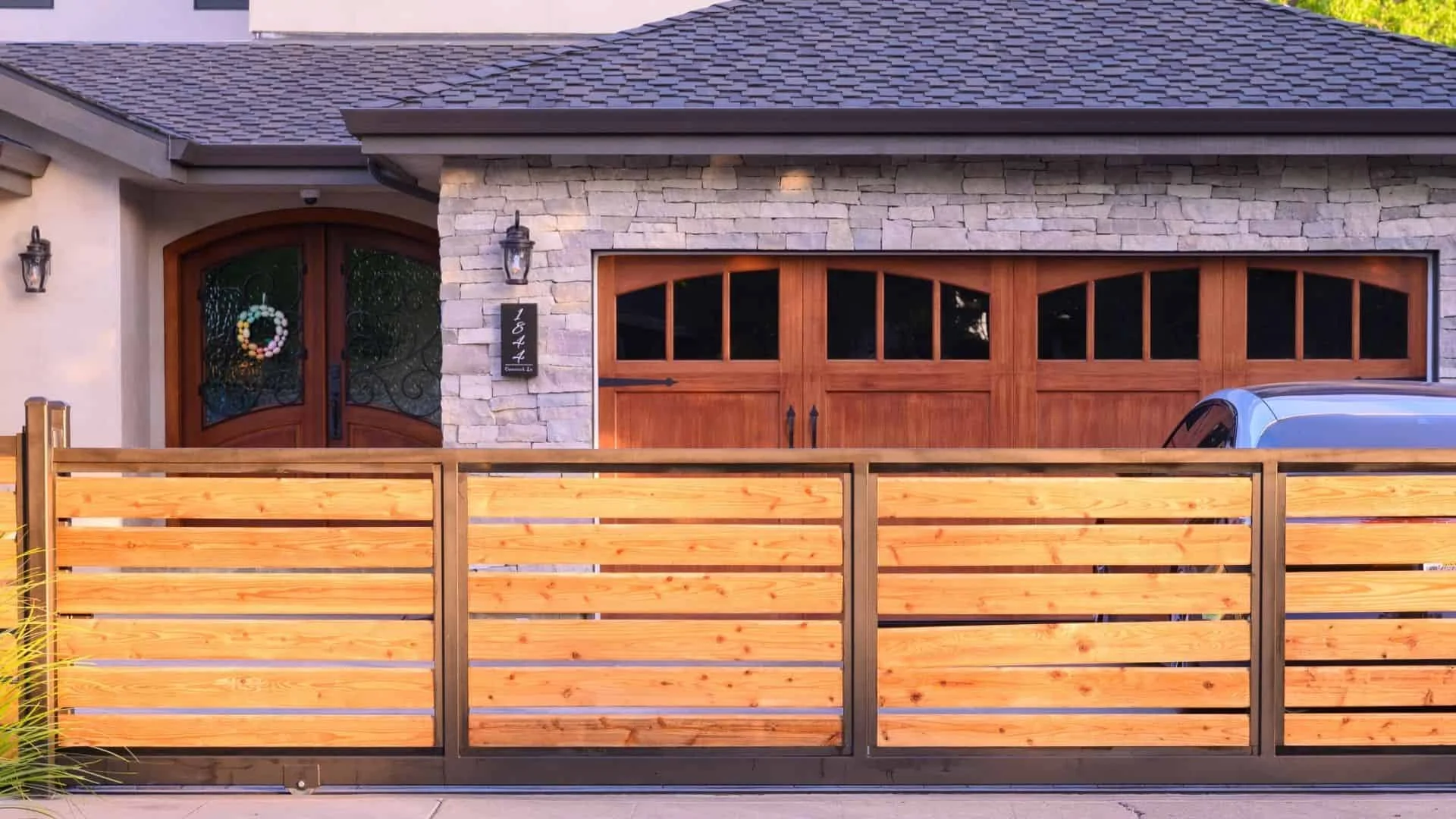Last year, my uncle thought he’d found the perfect solution for his backyard. A big-box store had a sale on vinyl fencing, and he figured it was a quick way to add privacy and curb appeal without breaking the bank. The panels looked fine when they first went in, but when storm season rolled through Richmond, the flaws showed fast. A couple of panels popped loose, the posts wobbled, and one entire section tipped like a row of dominos.
That’s when I learned an important truth: not all fences are created equal, especially when it comes to what locals call a “hurricane fence.” In Richmond, we may not see direct hits like the coast does, but tropical systems, nor’easters, and high-wind thunderstorms roll through often enough to make fence strength a top priority.
This season, I decided to take a different approach. Instead of bargain-bin fencing, I’m having Superior Fence & Rail of Richmond install a fence designed to hold up against serious wind and weather. This is what I’ve learned about storm-ready fencing, and why it matters more than ever for homeowners in Central Virginia.
The Problem With A Low-Cost Vinyl Hurricane Fence
Vinyl fencing is popular in Richmond neighborhoods because it’s clean, low-maintenance, and private. But not all vinyl is the same. Lower-cost vinyl panels often:
- Use thinner, lightweight materials that can’t handle strong wind pressure.
- Have bolted connections between panels and posts, which rust and can shear under stress.
- Use vinyl made from low-quality re-grinds with no extra protection from UV damage.
That was my uncle’s experience. The fence looked great for a few months, but once storm winds hit, the lack of quality showed. What he saved up front, he’s paying for now in repairs and replacement. He should have gone to Superior Fence & Rail from the beginning.
What Makes A True Hurricane Fence?
When Richmond homeowners talk about a hurricane fence, they don’t necessarily mean a special type of fence—it’s more about design and materials that can withstand heavy winds. Three options stand out for this region:
1. Chain-Link Fence
It may not win design awards, but chain-link is one of the strongest fences in high wind. Why? Because it lets air flow right through the mesh. With little wind resistance, there’s less chance of damage.
Superior Fence & Rail’s chain-link is ideal for commercial sites, industrial properties, or homeowners who prioritize durability and cost-effectiveness over privacy. Choose from galvanized or vinyl coated for outstanding corrosion protection.
2. Horizontal Slatted Wood Fence
Wood fencing is timeless, but a traditional wood stockade fence can act like a sail in the wind. A horizontal slatted design not only looks modern and stylish—it also allows some airflow between boards. That airflow is the secret: less resistance means less chance of the fence tipping in a storm.
In Richmond’s trendier neighborhoods, horizontal slatted fences hit the sweet spot between aesthetics and resilience, and Superior Fence & Rail’s warranties against rot and insect damage make sure that your wood fence will go the distance.
3. Superior Fence & Rail Vinyl Panels
This is the route I’m taking. Superior Fence & Rail builds vinyl fences with PrivacyLock, StayStrong, and SolarShield technology. These aren’t just marketing terms, they’re engineered solutions:
- PrivacyLock ensures pickets lock firmly into place, instead of sitting loose like traditional tongue and groove fencing.
- StayStrong rails are 33% deeper than the standard vinyl fence rail, allowing them to hold on to pickets in extreme conditions.
- SolarShield polymer is a proprietary blend that’s added to all of Superior Fence & Rail’s 100% virgin vinyl mix, giving it outstanding UV protection against damage and chalking.
The result is a fence that delivers the clean look of vinyl, the privacy homeowners want, and the storm resistance Richmond weather demands.
Why Richmond Needs Storm-Ready Fencing
It’s easy to think hurricane fences only matter near the coast, but Richmond homeowners know better. Over the last decade, we’ve seen everything from remnants of hurricanes to derechos to severe thunderstorms bringing 50+ mph winds.
When a fence fails, it’s not just the cost of replacing it. Panels can damage cars, siding, or even injure someone. A poorly built fence becomes a liability instead of an asset.
That’s why investing in a hurricane-ready fence isn’t just about looks—it’s about safety and peace of mind.
Choosing The Right Installer Matters
The other lesson my family learned the hard way is this: installation quality is just as important as materials. Even the strongest vinyl or wood fence can fail if it’s not installed correctly.
This what sets Superior Fence & Rail of Richmond apart from fly-by-night installers:
- Proper depth: Posts are set deep enough and reinforced with concrete for stability if appropriate.
- Code compliance: Installers know local regulations and homeowner association requirements.
- In-house crews: No subcontractors cutting corners—every installer is trained, vetted, and accountable.
- Proven track record: With thousands of successful installations, Superior backs their fences with workmanship warranties most bargain brands can’t touch.
Doing It Right The Second Time Around
My uncle’s bargain vinyl fence didn’t survive one storm season. This year, I’m helping him make a better choice. For homeowners in Richmond, VA, a hurricane fence isn’t about hype—it’s about investing in materials and installation that can stand up to the weather we know is coming.
Whether it’s the airflow strength of chain-link, the stylish resilience of horizontal wood slats, or the engineered durability of Superior’s vinyl with PrivacyLock and StayStrong, the right hurricane fence can protect your property, your family, and your peace of mind.
If you’re ready to stop replacing panels every storm season, Reach Out to Superior Fence & Rail of Richmond for a free consultation. Don’t wait until the next storm hits—make sure your fence is built to last.

Leave a Reply